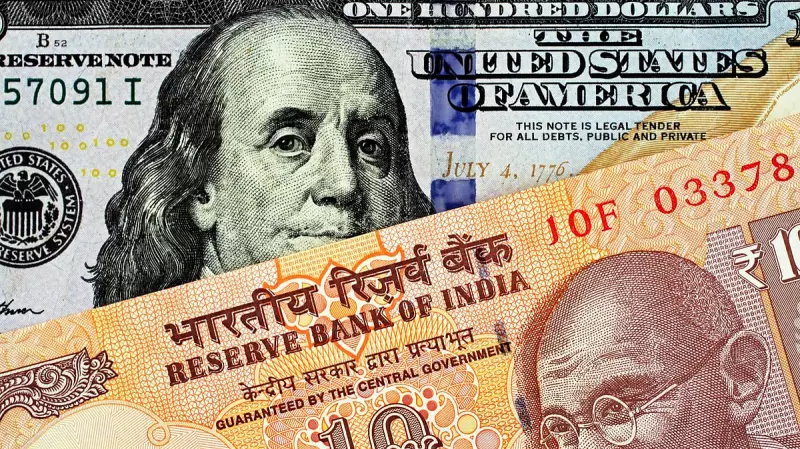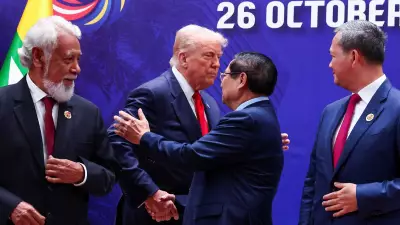
The Indian rupee faced substantial pressure on Thursday, recording one of its steepest single-day declines in recent weeks. The domestic currency plummeted by 48 paise to settle at 88.70 against the US dollar, marking a concerning development for importers and the broader economy.
Market analysts point to multiple factors driving this downward spiral:
- A resurgent US dollar in global markets
- Sustained foreign capital outflows from Indian equities
- Rising crude oil prices impacting import bills
- Overall risk-off sentiment among global investors
At the interbank foreign exchange market, the rupee opened weak at 88.35 against the previous close of 88.22 and continued its downward trajectory throughout the trading session. The local unit witnessed intense volatility, oscillating between an intraday high of 88.30 and a low of 88.72 before settling at the day's lowest point.
Global Factors Amplify Domestic Concerns
The dollar index, which measures the greenback's strength against a basket of six major currencies, surged by 0.26% to 105.62, creating additional headwinds for emerging market currencies like the rupee. This dollar strength comes amid growing expectations that the US Federal Reserve might maintain higher interest rates for longer than previously anticipated.
Meanwhile, on the domestic front, foreign institutional investors (FIIs) turned net sellers in the capital markets, offloading shares worth ₹6,669.10 crore on Thursday, according to exchange data. This continuous foreign fund exodus has put significant pressure on the rupee's valuation.
Broader Market Impact and Future Outlook
The currency market turmoil coincided with a sharp correction in domestic equity benchmarks. The Sensex crashed by 1,062.22 points to close at 72,404.17, while the Nifty fell 345 points to finish at 21,957.50.
Market participants are now closely watching the Reserve Bank of India's potential intervention strategies. Historically, the central bank has stepped in through dollar sales to prevent excessive volatility in the currency market. However, traders remain cautious about the rupee's near-term prospects given the challenging global macroeconomic environment.





